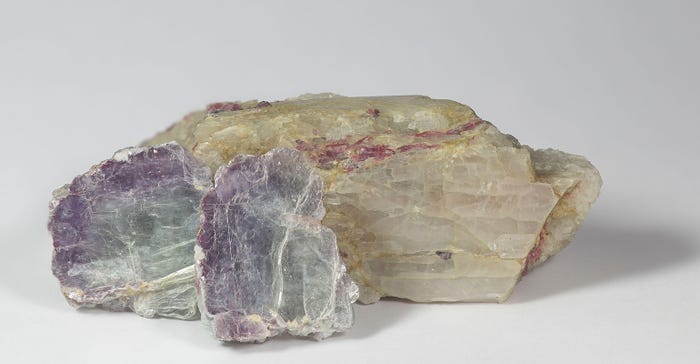On the one hand, EV metals mines have been dirty and dangerous. On the other, the supply chain calls for more of them—lots more.
August 29, 2022

Electric vehicle demand is booming and so is the demand for the raw materials that go into making lithium-ion battery packs. One challenge, from a supply chain perspective, is that most of these materials are mined outside of the United States and exported to battery manufacturers.
With high amounts of stress on the current supply chain, companies are evaluating new US-based mines to limit dependence on foreign suppliers. Of great concern though, is the impact these operations will have on surrounding communities and the environment.
In this article, we’ll be discussing the current state of EV metal mining from a supply chain and sustainability perspective, and some actions the US government is taking in response.
EV Mining, Supply Chain, and the Environment
The manufacturing of conventional lithium-ion battery technology relies heavily on the use of metals like lithium, nickel, cobalt, and manganese.
While the US has a high demand for lithium-ion batteries, when looking at the biggest mines for these metals worldwide, it turns out that very few are in the US. From a geopolitical perspective, this is far from ideal, as it implies heavy reliance on international shipping and production. Recent years have seen the deleterious effects of this, with supply being diminished and prices skyrocketing due to events such as Russia’s invasion of Ukraine, and COVID restrictions in parts of China.
However, as supply decreases, demand increases. Recent projections from the International Energy Agency show that the demand for electric vehicles will increase tenfold by 2030, requiring many new mining operations to supply the metals. This is not an instant solution, however. Mining feasibility tests can take up to ten years to complete, and then reaching nominal production capacity often takes a few more years after that - resulting in almost decades of work before full-scale production.
At the same time, a significant challenge with EV metals mining is the implications it has on the environment and sustainability as a whole.
For example, the physical mining process has been shown to have strong negative impacts on the surrounding environment, where large mining operations often result in contamination of the surrounding air and water. On top of this, the act of mining itself is extremely resource-intensive, with certain reports indicating that approximately 2.2 million liters of water are required to produce one ton of lithium.
Clearly, the current state of affairs for EV metals mining is not reliable, sustainable, or scalable enough to meet the growing demands of the industry.

Government Action and Challenges Still Ahead
To combat some of these emerging issues, the US government is taking a number of actions.
One recent legislative push from the United States has been Biden’s recent climate bill, which outlines a plan to give tax credits to those who purchase new and used electric vehicles. To qualify, a certain percentage of a car’s battery must come from the US or a country with a free trade agreement with the US. This both incentivizes clean mining operations while also bringing the supply chain closer to home.
To further validate this, a recent report from the International Energy Agency states clear importance and focus on adopting sustainable mining practices that minimize the environmental, water, and social impacts of resource extraction. Some of these clean contributions could include carbon capture in mining operations as well as investment into new, more sustainable battery chemistries that could provide a cleaner path forward.
However, many still believe that the rate of EV production pledged by automakers still outpaces the speed with which the raw material suppliers will be able to increase capacity. To reach capacity requirements there will need to be more government support for domestic mining. Yet, with government regulation and continued R&D, there is still hope that domestic mines will be able to operate sustainably and effectively enough to avoid issues of supply chain and environment.
About the Author(s)
You May Also Like





